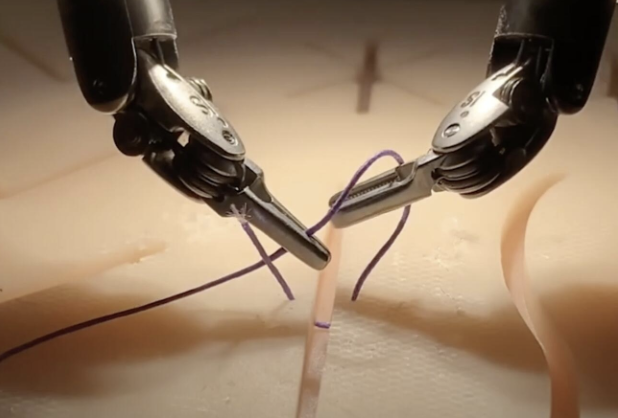Disarming Landmines Through Strategic Innovation

Massoud Hassani grew up just outside Kabul, Afghanistan. As a child, he witnessed horrible tragedies caused by land mines that remain scattered across the region. Land mines are a global safety concern, with more than 110 million of these killing devices planted around the world. Each year, more than 20,000 people are killed and many times more maimed or injured by them. Hassani resolved at a very young age to somehow help eradicate these evil contraptions.
Throughout his childhood, Hassani loved to create toys, some of which were wind-powered and would blow across the desert near his home. Years later, this memory would return to him and suggest a solution: a wind-powered toy to clear land mines.
Land mine removal techniques have continued in basically the same manner since the 1960’s. Traditional practices are expensive, dangerous, and ineffective. Hassani took a creative leap; he invented the Mine Kafon, meaning mine “exploder” in his native language. The Mine Kafon is made of approximately 100 bamboo rods radiating out from a central hub. At the end of each six-foot rod, a clay disc is attached. The finished product looks much like an enormous dandelion gone to seed and ready to blow into the wind. The device is light enough to roll across the desert ground, much like the toys Hassani designed as a kid, yet the discs are heavy enough to detonate the land mines hidden under the earth’s surface. The Mine Kafon – a complete departure from today’s painstaking searches by humans and dogs – promises to be safer, and over 100 times less expensive. The invention is so clever that it has been placed on display at the Museum of Modern Art in New York.
You might see this fledgling business (Mine Kafon is being prototyped and tested now, thanks to a fully funded Kickstarter campaign to finance its development) as a brilliant act of business strategy. It boldly enters a space where no real market has previously existed, and could well inspire investors to create one. But listening to Hassani, it’s clear that he doesn’t think of himself as a strategist. He’s an innovator.
Time and time again, we see the innovators of the world trouncing the strategists — those who devote their efforts to mastering how the game is played today and optimizing their use of current assets to beat all competitors. In today’s messy and rapidly changing business environment, even the shrewdest deployment of existing assets by today’s rules cannot sustain an advantage for long.
And of course, we’re talking about more than land mines. Virtually every industry is in the midst of massive upheaval, thanks to unprecedented applications of creativity, innovation, and imagination. Blockbuster’s management was surely working hard to make the most strategically savvy moves within the parameters of its bricks-and-mortar retail business when Netflix dealt a fatal blow of innovation by changing the rules of the game. Hundreds of taxi and car service companies could have been huddled away crafting strategy to beat one another, but that wouldn’t have stopped Uber from disrupting the entire industry. Twitter didn’t steal market share in a head-to-head shootout. Instead, it created a new playing field altogether — one it could dominate — and then snagged revenue from adjacent social media businesses.
Meanwhile, maintaining a disciplined focus on how the game is played today, and on winning by being incrementally better than the competition, has condemned many once-great firms to mediocrity and obsolescence. It’s simply impossible to win by rearranging existing assets when your competitors are busy inventing new ones.
The good news is that, given today’s dirt-cheap technology, readily accessible capital, and friction-free markets, the opportunities for creative disruption have never been greater. So as leaders, our responsibility is to embrace the importance of ongoing reinvention; to make innovation, you might say, the strategy. Rather than waiting until we’ve been dislodged by the dazzling innovation of others, we must use our resources to be our own source of transformation.
Today’s rules are simple: Disrupt or be disrupted. Businesses that launch disruptions will win over the long-term, while many that “strategically” optimize their existing models will join Blockbuster, Pan Am, and Polaroid as case studies of once-creative firms that fizzled. Rolling out major innovations must be your top priority.






